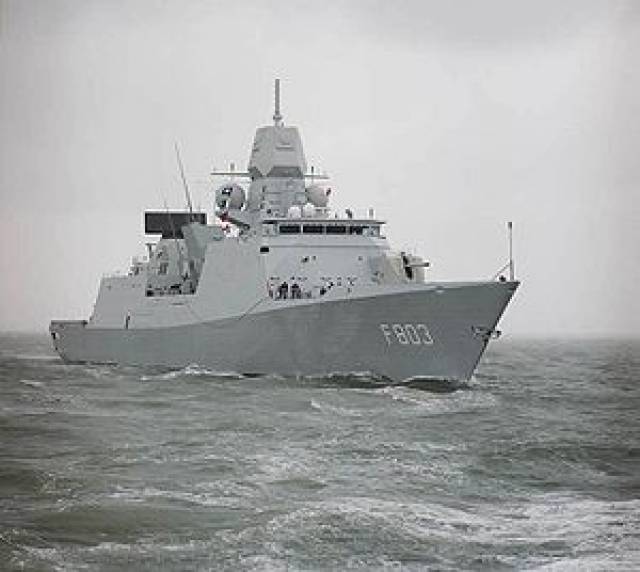#NavalTrio - Dublin Port will be busy from today and up to Sunday as navies from the Netherlands and France will be visiting while a pair of UK Royal Navy patrol craft are to depart tonight, writes Jehan Ashmore.
As reported on Afloat, the diminutive ‘Archer’ class fast inshore patrol craft, HMS Blazer and HMS Ranger each only displace 54 tonnes. The pair had overnighted along the North Wall next to the Tom Clarke (East-Link) Bridge.
The Dutch will be represented with a pair of De Zeven Provinciën-class frigates, HNLMS De Ruyter which arrived this morning, however an elder sister HNLMS Tromp arrives on Sunday. They displace 6,050 tonnes and have a crew of 174 along. The 144m frigates are also equipped with a helicopter.
Recently a major UK-led exercise ‘Joint Warrior’ ended last weekend in which the Dutch participated with two frigates, a submarine, two minesweepers, an explosive ordnance disposal team and other units.
As for French presence in Dublin this weekend, this will be in the form L'Éridan. The 51m Tripartite class mine warfare vessel was developed and built in co-operation of the navies of Belgium, France and the Netherlands. L'Éridan displaces 615 tonnes and is based in Brest, Brittany.
Unlike the larger Dutch frigates which will berth at Ocean Pier, the French mine warfare vessel has been allocated upriver along Sir John Rogersons Quay.
































































